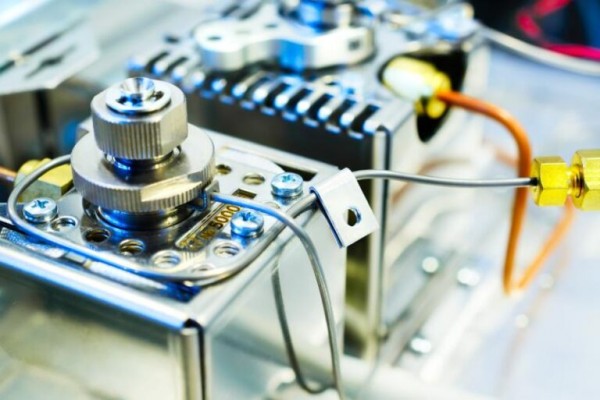Electrochemical Sensors with Next-Generation Coating Advances Precision Diagnostics at POC
February 14, 2024
Source: https://www.labmedica.com/clinical-chemistry/articles/294800220/electrochemical-sensors-with-next-generation-coating-advances-precision-diagnostics-at-poc.html
 369
369

Current point-of-care (POC) diagnostic technologies are typically limited to measuring a single disease biomarker or several biomarkers from the same class of molecules, such as various RNAs, proteins, or antibodies. However, the ability to measure multiple biomarkers from different molecular classes could provide a more comprehensive understanding of a disease's state, severity, progression, and individual variations in its development. Electrochemical biosensors, which convert the chemical signal of a biomarker found in a small biofluid sample (like blood, saliva, or urine) into an electrical signal proportional to the biomarker's amount, could potentially address many diagnostic challenges at the point of care. These sensors can be assembled into multiplexed arrays to detect different biomarkers, and recent advances have overcome the challenge of “biofouling” – the degradation of electrode surfaces by nonspecific biological molecules in samples – through the development of thin antifouling coatings.
Now, researchers at Wyss Institute at Harvard University (Boston, MA, USA), in collaboration with several institutes in Korea, have significantly advanced electrochemical diagnostic sensing. They have developed a new nanocomposite porous antifouling coating that is one micrometer thick – about 100 times thicker than previous coatings. This increased thickness, coupled with an engineered porous structure, allows for the integration of a higher number of biomarker-detecting probes into the sensors, achieving up to 17 times greater sensitivity than the best existing sensors, while also offering enhanced antifouling properties.
In their proof-of-concept study, the team adapted a previously developed set of detection reagents for three COVID-19-related biomarkers. They used these reagents to pattern a sensor electrode array with their innovative coating technology, including a CRISPR-enabled sensor for SARS-CoV-2 RNA, a sensor for the virus's capsid antigen, and another for a virus-directed host antibody. When tested with patient samples, the new sensor demonstrated 3.75 to 17 times higher detection sensitivities compared to a previous sensor fabricated with the same detection systems but using the team’s thinner, non-porous coating. It also accurately distinguished between positive and negative samples with 100% specificity.
“Our novel thick porous emulsion coating directly addresses critical hurdles that currently prevent the wide-spread use of electrochemical sensors as central components of comprehensive POC diagnostics for many conditions,” said Wyss Founding Director Donald Ingber, M.D., Ph.D. “However, going far beyond that, it could also open up new opportunities for developing safer and more functional implantable devices, and other healthcare monitoring systems at multiple disease fronts. Overcoming biofouling and sensitivity problems are challenges that impact many of these efforts.”
By editorRead more on
- Multiple batches of quadrivalent influenza virus split vaccine have been sub-packaged and submitted for lot release approval; expected to be released to the market soon after approval December 12, 2025
- Ab&B Bio-Tech CO., LTD. JS Lyophilized Human Rabies Vaccine Initiates Phase III Clinical Trials December 12, 2025
- The ‘Sweetest’ HPV Vaccine Market is Gone | Haibin Interview December 12, 2025
- InnoCare Pharma announced that its first independently developed next-generation TRK inhibitor, zoletrazinib, has been approved for marketing in China December 12, 2025
- Is PD-1/VEGF dual antibody + ADC becoming the standard configuration? December 12, 2025
your submission has already been received.
OK
Subscribe
Please enter a valid Email address!
Submit
The most relevant industry news & insight will be sent to you every two weeks.



